Sheila Sutjipto is a Postdoctoral Research Fellow in the Biomimic Program where her research explores physical human–robot interaction (pHRI). She is particularly interested in how robotic manipulators can intelligently respond to subtle environmental cues whether through deliberate, high-level actions or instinctive, reflex-like behaviours.
We interviewed Sheila recently to find out more about why she does what she does.
Tell us a bit about yourself and your research with the Centre? Include the long-term impact of what you are doing.
I’m a postdoctoral research fellow for Program 1: Biomimic Cobots at the Australian Cobotics Centre. I hold a bachelor’s degree in mechanical and mechatronic engineering and completed a PhD in robotics exploring how collaborative robots (cobots) can effectively interact with humans in shared environments. My research focuses on physical human–robot interaction (pHRI), and I am particularly interested in how manipulators can intelligently respond to subtle cues from the environment, either with purposeful, high-level behaviours or instinctive, reflex-like reactions. In the long term, I hope my work supports the adoption of robotic systems in industry.
Why did you decide to be a part of the Australian Cobotics Centre?
The Australian Cobotics Centre offered a unique opportunity to conduct research that’s both academically rigorous and closely aligned with industry needs. There’s a diverse range of projects across the Centre, which makes it an interesting place to learn about other facets of robotics and their impact on how people interact with and benefit from this technology in their workplace.
What project are you most proud of throughout your career and why?
One project I’m proud to have contributed to is the HALO project. It was a unique experience because I was involved from the very start, which meant I could work closely with our industry partner to understand their needs and the challenges they faced. That insight shaped how we approached ideation, prototyping, and testing, both in the lab and on-site at a mine, and with their ongoing feedback, we were able to deliver a robotic system that worked with their operational needs.
I had the opportunity to contribute to both the software and hardware design of a custom mobile manipulator for rock scaling and learned a lot about managing a research project along the way. It was especially rewarding to see the system used by operators in the field and know the work could potentially make a difference.
It was also valuable to be able to work alongside great researchers, many of which are with the ACC, including A/Prof. Gavin Paul, Prof. Teresa Vidal Calleja, A/Prof. Marc Carmichael, and Tony Le, and to see many students contribute to the project through their capstone projects, which made the experience more fulfilling.
What do you hope the long-term impact of your work will be?
I hope my work helps develop cobots that support people whether that’s by making tasks safer, reducing physical strain, or just making things a bit easier for people day to day. Through the projects I’ve been part of, I hope some of that research finds its way into real workplaces and makes a practical difference.
Aside from your research, what topic could you give an hour-long presentation on with little to no preparation?
Aside from my research, I could probably give an hour-long talk on where to get good coffee in Sydney. It’s not a definitive guide though, it’s more like a collection of places I like and keep going back to.


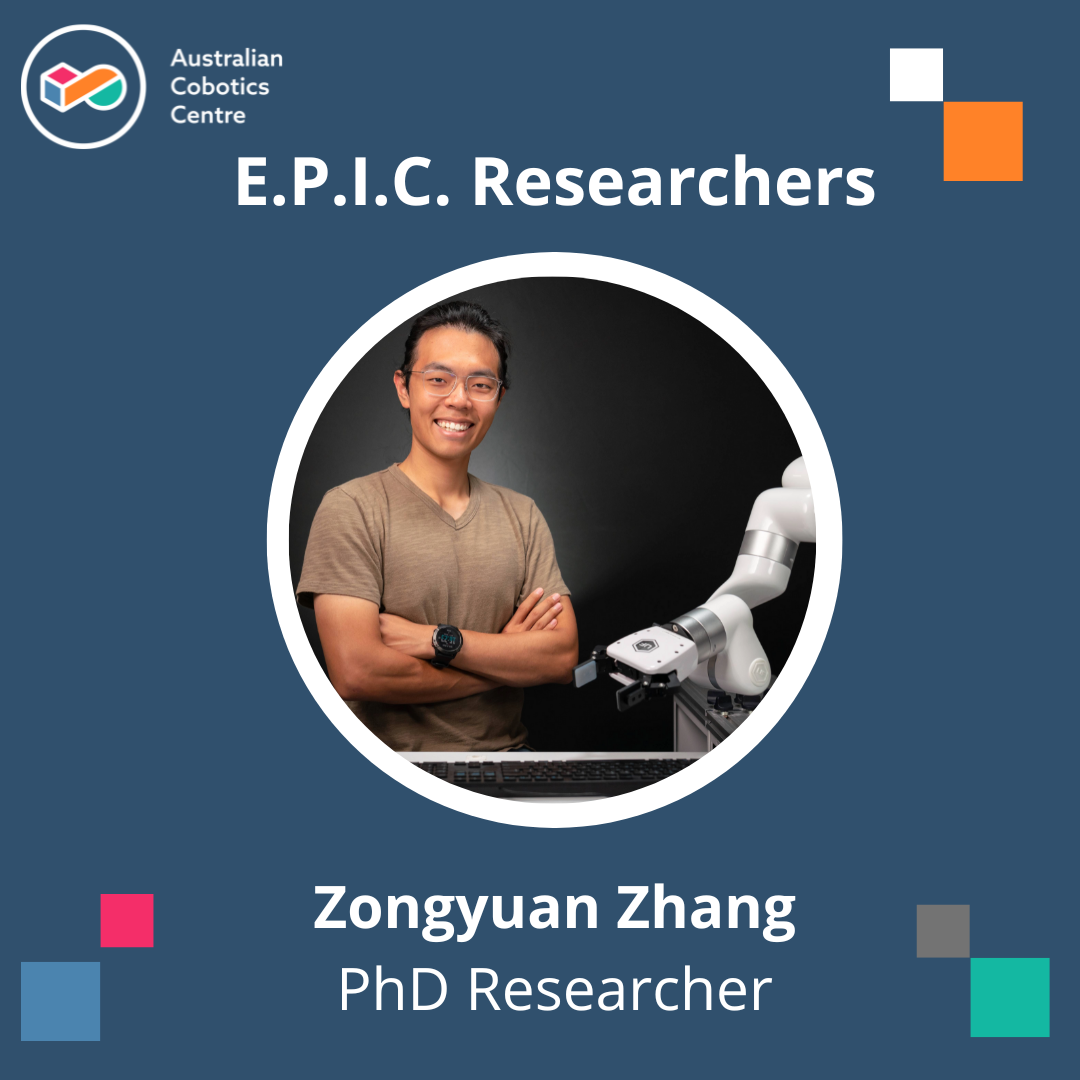
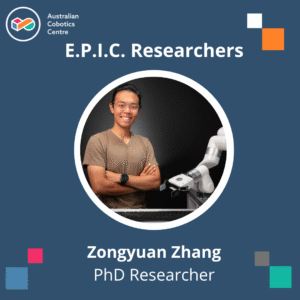





 We are pleased to welcome
We are pleased to welcome 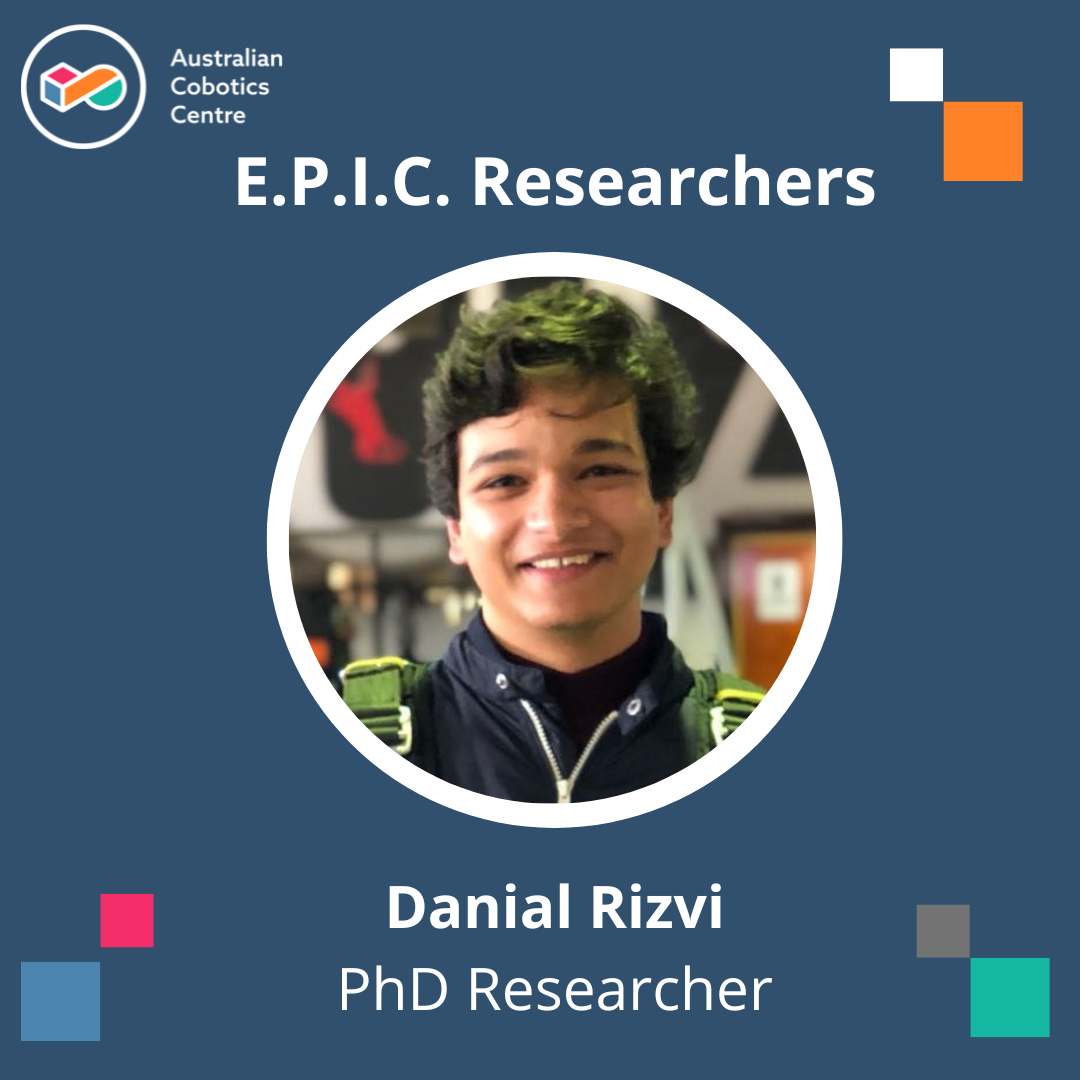
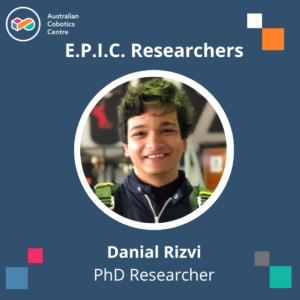
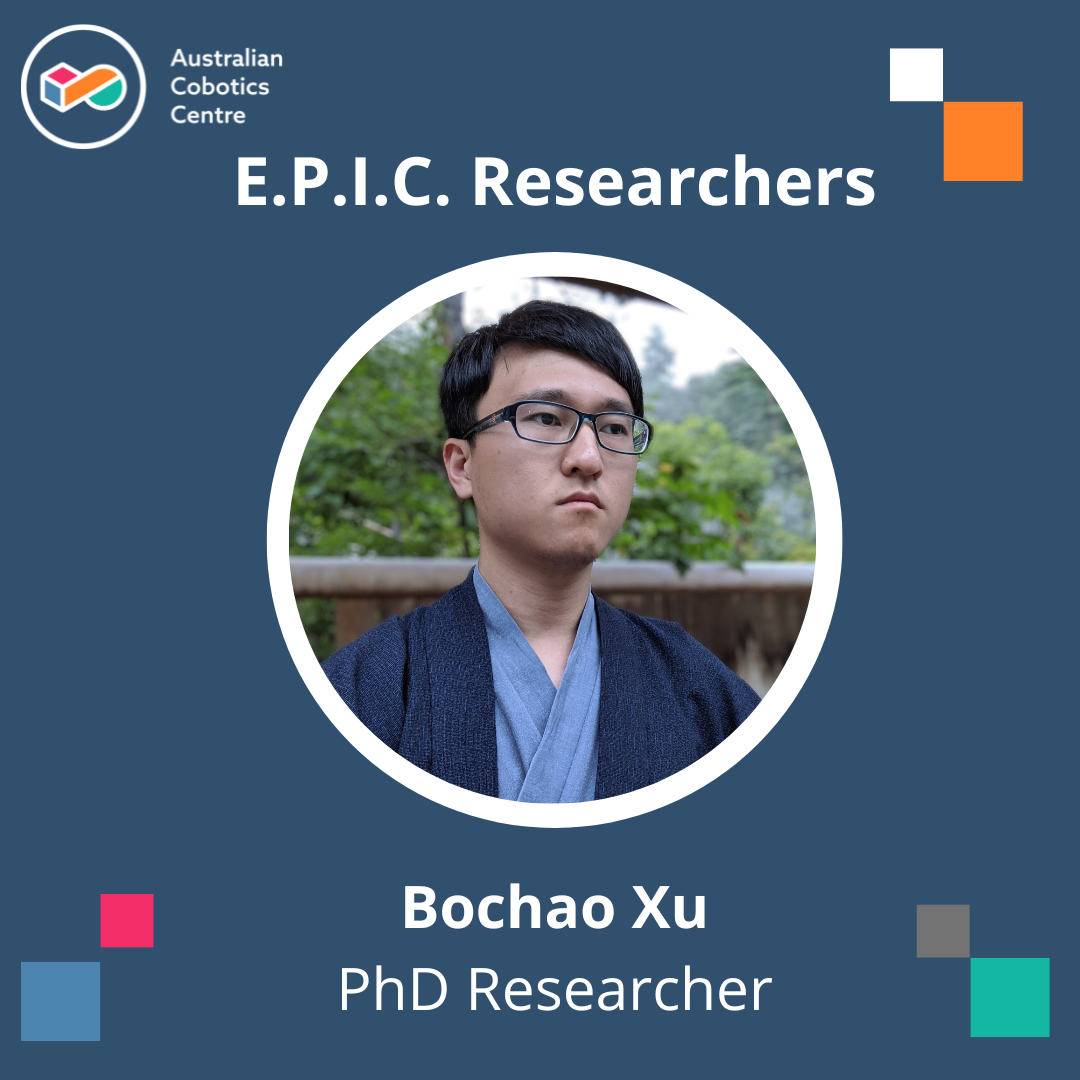
 Bochao Xu
Bochao Xu
 Phuong Tran
Phuong Tran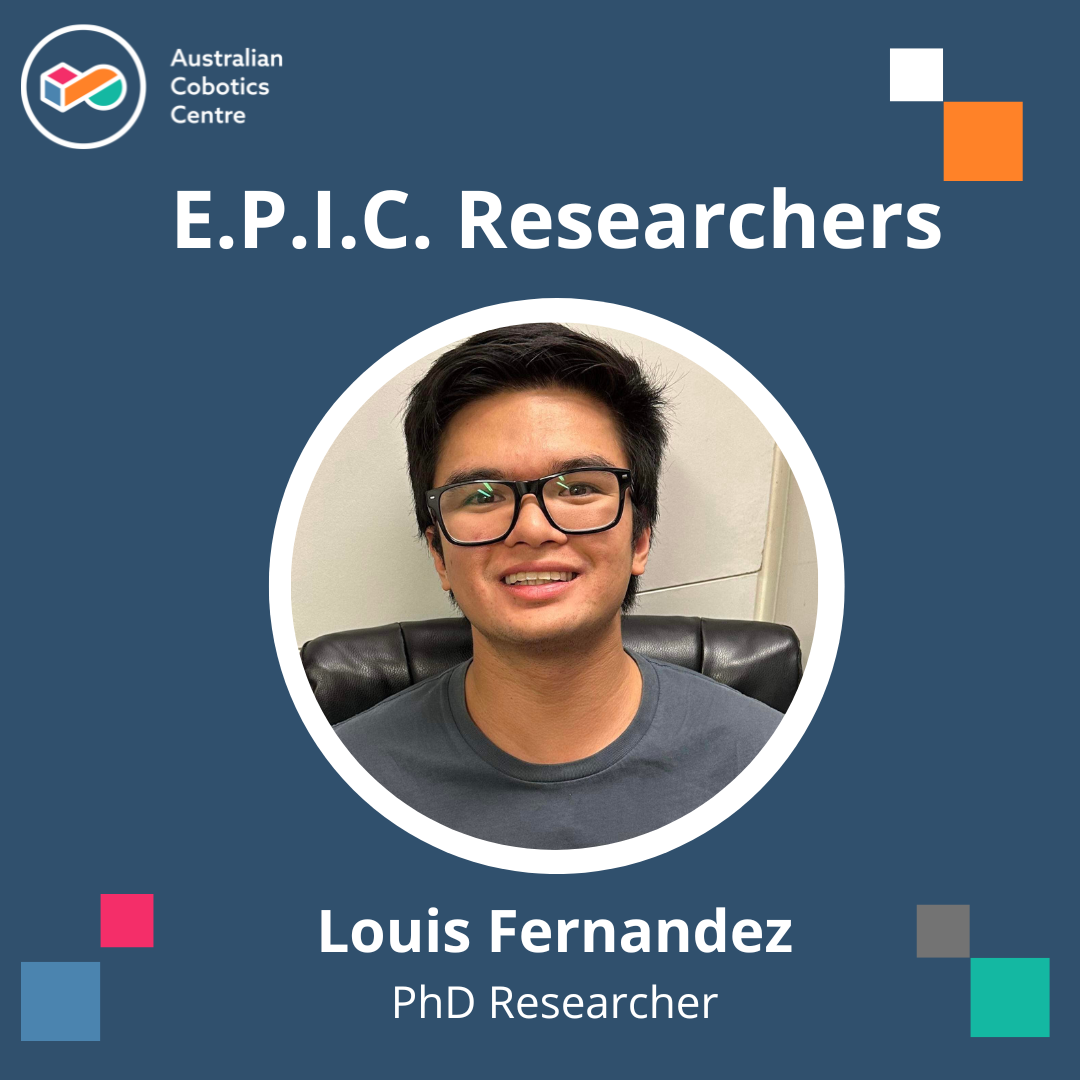
 Louis Fernandez
Louis Fernandez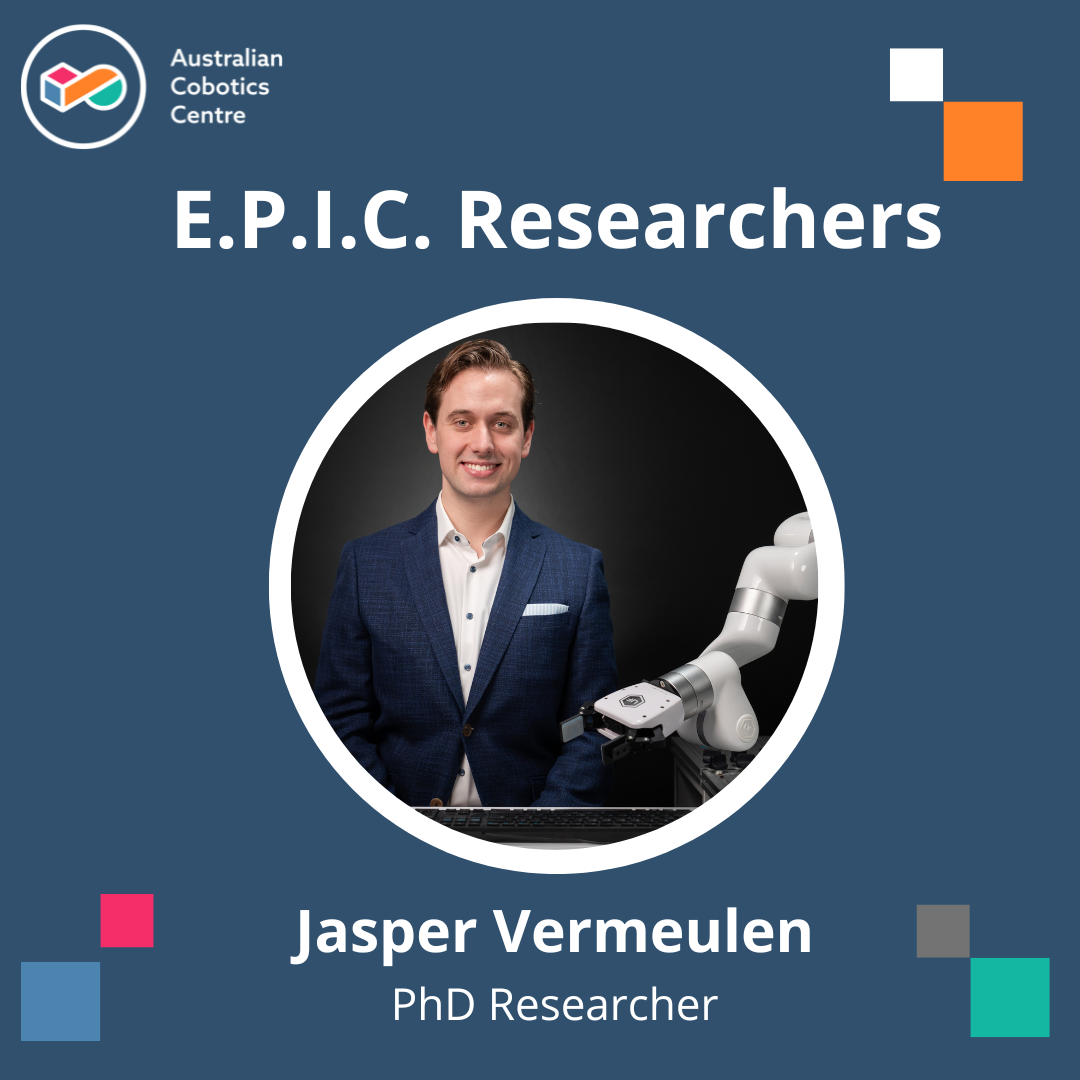
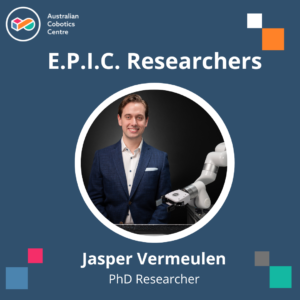 Jasper Vermeulen
Jasper Vermeulen